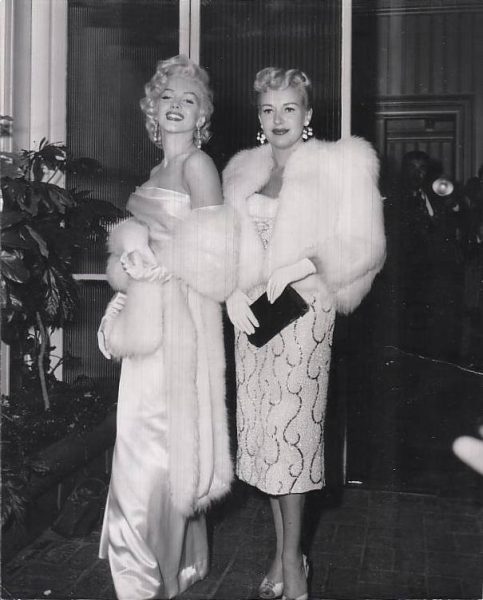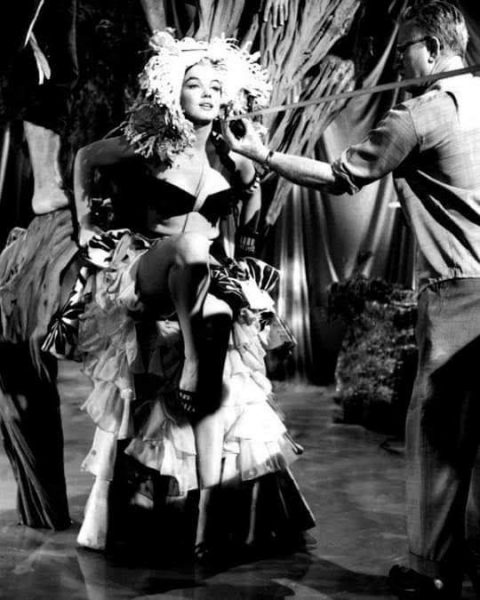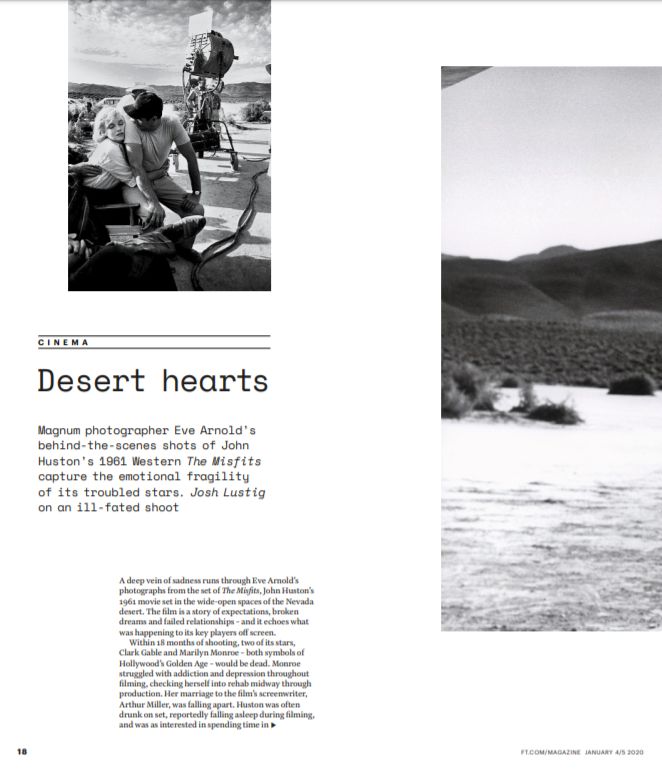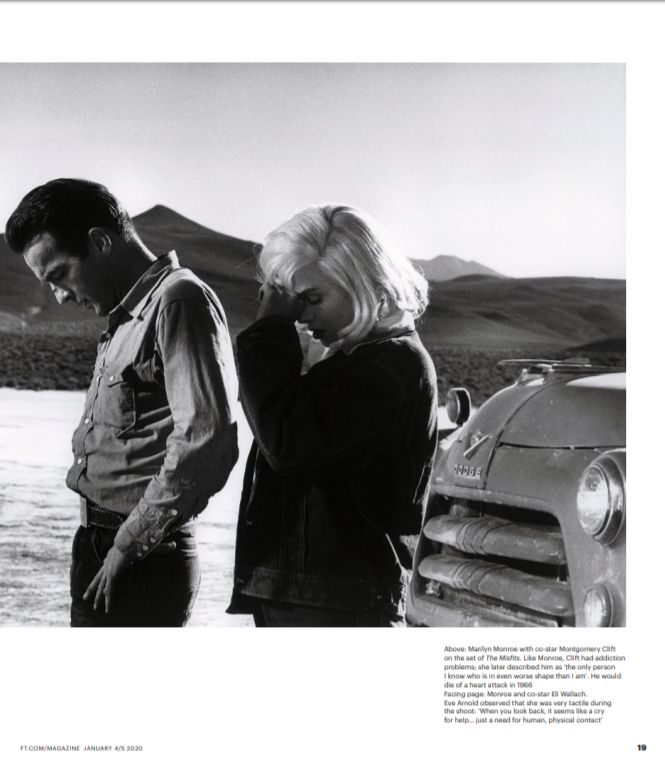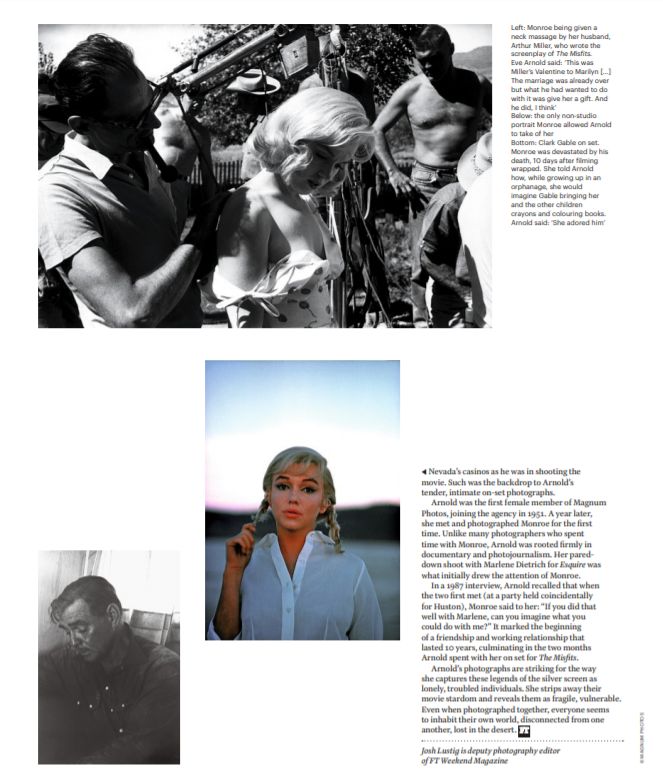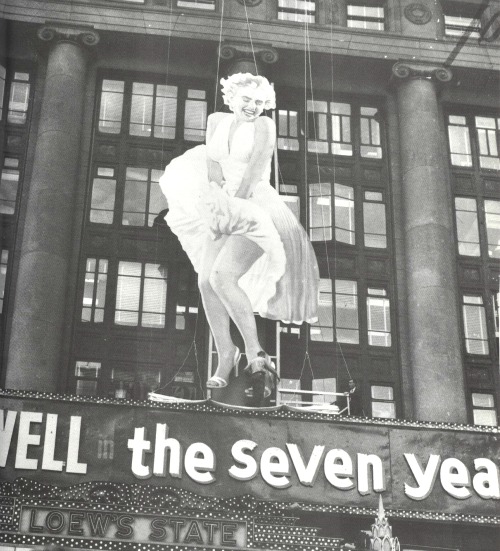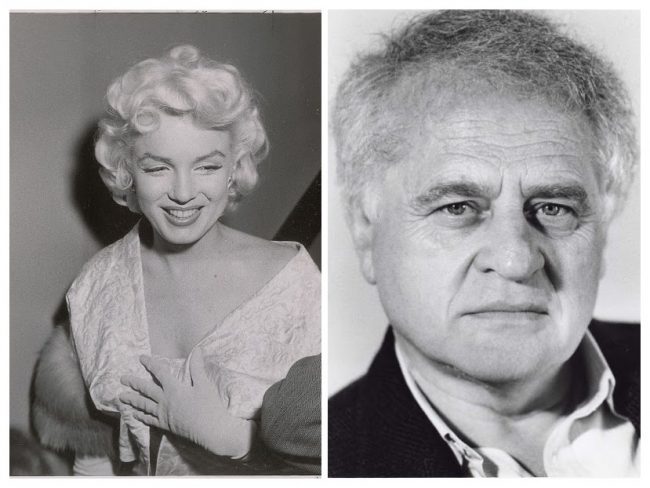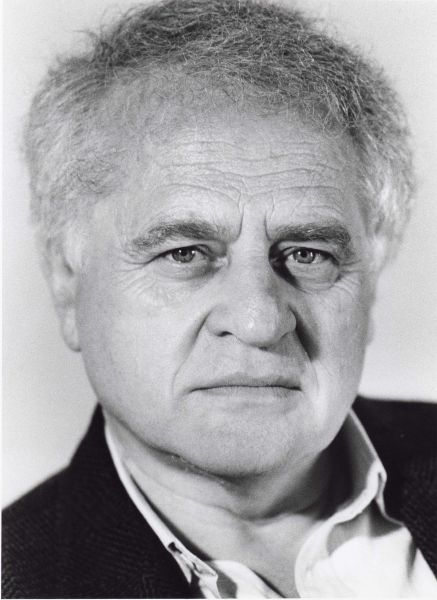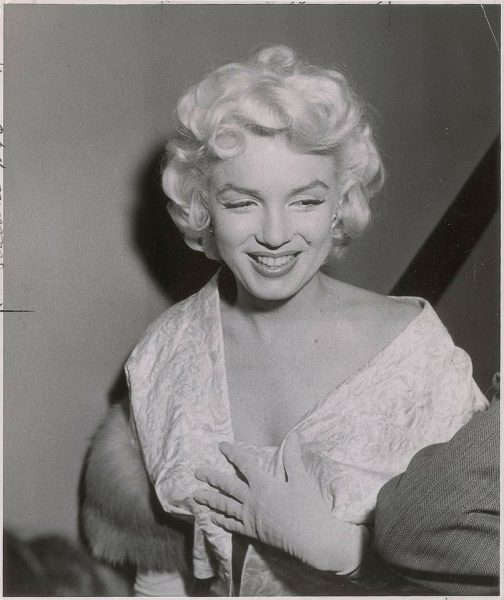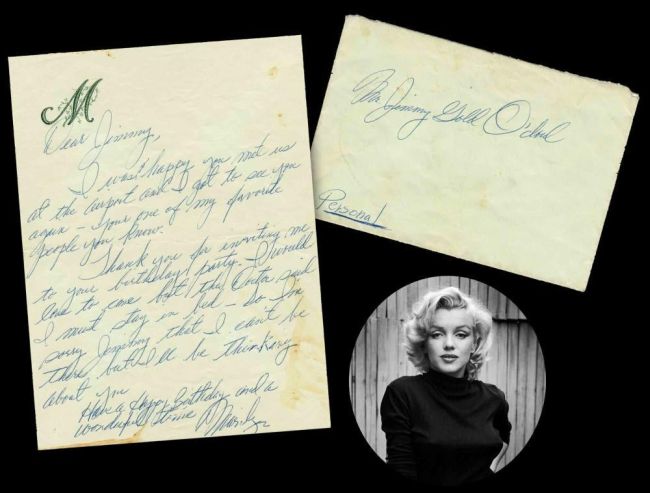
David Thomson is another film critic who doesn’t rate Marilyn’s screen performances all that highly, but often feels compelled to write about her. He provided an introduction for Anne Verlhac’s MM: A Life in Pictures (2007), and also mentions Marilyn in his 2012 book, The Big Screen: The Story of the Movies and What They Did to Us. In it, he credits most of her best work to her directors, and even suggests Michelle Williams did a better job of being Marilyn than she did (in My Week With Marilyn.) Nonetheless, he can’t deny her enduring appeal…
“She was always in her glory in stills, like a kid raised on fan magazines and their suspended moments of desire and splendour. When she moved on film, in real time, she often became more awkward and exaggerated. But she was enough of a pin-up girl – and there was a luxuriant but tasteful spread for a nude calendar – that she was signed up by Twentieth Century Fox. They decided to call her Marilyn Monroe. She was one of the last studio fabrications and she would die still attached to Fox in anger, grief and litigation.
She would marry Joe DiMaggio, the model of baseball, and then Arthur Miller, the intellectual, leftist playwright. It was a search for happiness, but a kind of nationwide casting, too. There were also affairs … Norman Mailer never quite got over the frustration that he was not included and he wrote a rhapsody to her that was driven by his never knowing her.
What was she like on-screen? More or less, fifty years after her death, everyone has seen some of Marilyn’s films. A lot of them were thankless studio assignments. In many she is being mocked by her own pictures … Studios no longer had reason or the skills to look after their wayward stars, and no one ever knew how to plot a career line for Monroe, or have her remember it …
Marilyn Monroe was never in charge, and that is why the public felt a helpless publicity at the news of her suicide …. Her actual achievement, in stills and movie moments, was slight compared with the work of Katharine Hepburn, Barbara Stanwyck, Bette Davis, or Meryl Streep. But if anyone today is asked to do a painting of the history of the movies (or a book jacket), chances are they do Chaplin tipping his hat to Marilyn, with her standing over that subway grating in New York, where the rush of a passing train turned her white skirt into a parachute. She taught us to see that great images were lost children, and we walk on in dismay …”
Thomson also writes at length about Some Like It Hot, and the hair and wardrobe tests filmed with Marilyn for the unfinished Something’s Got to Give, which are in some ways more haunting than the scenes she completed (perhaps because she was unhampered by the dated script.)
“The test is in colour but silent. She wears a white dress with a black floral pattern and she is talking to the director George Cukor. She is herself, not the character for the film, and as beautiful and confident as she ever managed on film, as if aware it was her best shot. Some said that, in the last couple of years, Monroe was so drugged that she had difficulty focusing her eyes. That doesn’t show in this test. She is presence itself and suggests she might have been a smart woman and not just ‘Marilyn’.”
